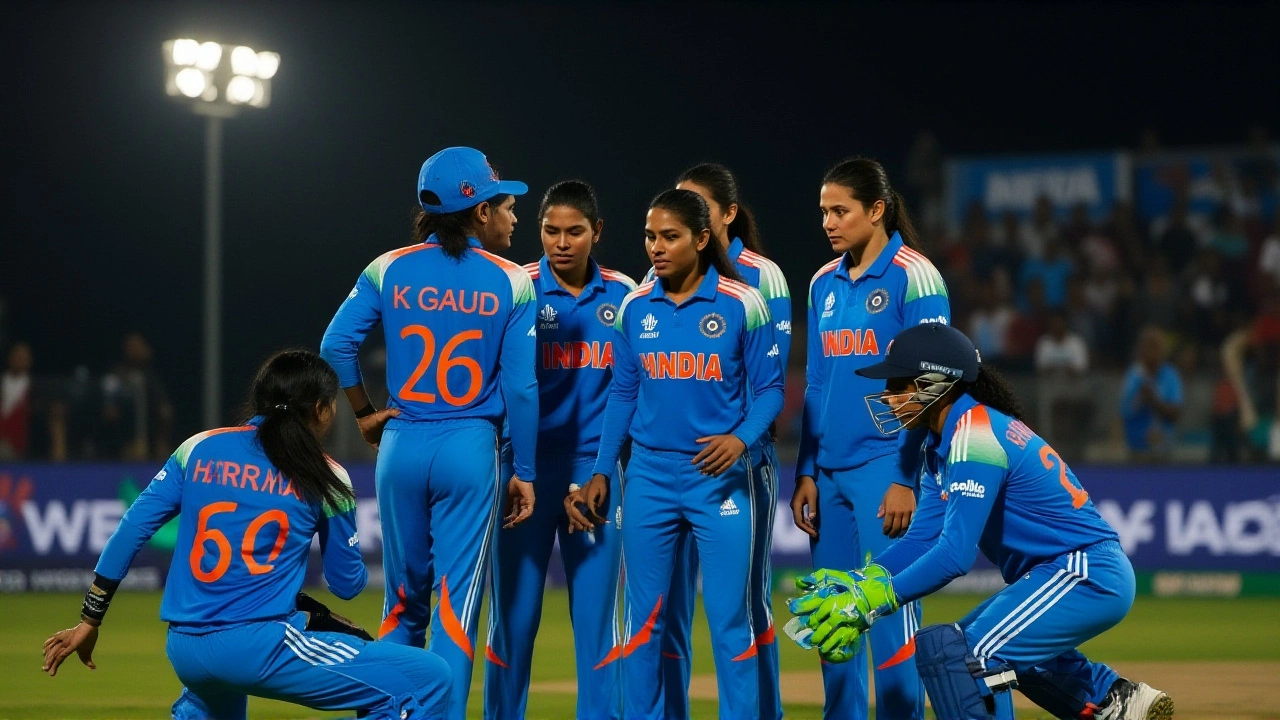Semi-Finals: The Penultimate Showdown in Any Competition
When you hear the term semi-finals, the round that decides which contestants move on to the final match. Also called the penultimate round, semi‑final stage, it sits right before the finals, the ultimate contest where the champion is crowned. In most tournament formats – from tennis Grand Slams to football cups – the semi‑finals trim the field from four competitors down to two, setting the stage for the showdown that decides the winner.
How Semi-Finals Fit Into the Bigger Bracket
The typical competition flow goes: quarter‑finals, the round with eight participants → semi-finals, four participants battle for two spots → finals, the last two vie for the title. In some leagues the semi‑finals are part of a broader playoff, a series of elimination rounds after regular season play. This structure ensures that the best performers from earlier stages get a fair chance to prove themselves when the stakes are highest.
One clear example is tennis. At the US Open, Yuki Bhambri and Michael Venus fought their way into the semi‑finals, the second‑to‑last round of the men’s doubles draw. Their win over higher‑seeded opponents highlighted how the semi‑finals can produce unexpected match‑ups and give underdogs a shot at glory. Whether it’s a Grand Slam or a local knockout cup, the semi‑finals often deliver the drama that fans remember most.
From a strategic viewpoint, athletes and teams treat the semi‑finals differently than earlier rounds. The pressure is higher, the preparation more meticulous, and the margin for error slimmer. Coaches often tweak tactics specifically for this stage, knowing that a single mistake can end the campaign. This focus on precision is why many coaches will say, “Winning the semi‑final is half the battle.”
For spectators, the semi‑finals offer a blend of anticipation and certainty. You’ve already seen the field narrowed, so the quality of play is generally higher than in the quarter‑finals. Broadcasters also invest more production value—better commentary, in‑depth analysis, and sometimes even extra camera angles—to capture the heightened intensity.
Financially, the semi‑finals bring a noticeable boost. Ticket prices rise, advertising slots become premium, and sponsors see a spike in brand exposure as the audience peaks. This economic ripple effect is why many tournament organizers schedule semi‑finals at prime venues and prime time, ensuring maximum visibility.
Psychologically, the semi‑finals sit at the crossroads of confidence and doubt. Players who have survived the earlier rounds often feel a surge in momentum, while opponents may experience the weight of expectation. Sports psychologists note that athletes who stay relaxed yet focused tend to outperform those who get caught up in the “almost there” mindset.
In non‑sport settings, the term “semi‑finals” still carries the same weight. Academic competitions, debate tournaments, and even reality TV shows use the same structure. When a cooking contest reaches its semi‑final stage, the remaining chefs are expected to deliver dishes that showcase their full skill set, knowing that the final round will separate the true champion from the rest.
Technology also shapes modern semi‑finals. Data analytics can predict match outcomes, while live‑streaming platforms let fans worldwide watch the crucial moments in real time. For example, the US Open doubles semi‑finals were streamed live, letting a global audience experience the tension as Bhambri and Venus fought for a spot in the final.
Looking ahead, the semi‑final format continues to evolve. Some tournaments experiment with best‑of‑three or best‑of‑five series, especially in playoff contexts, to reduce the chance of a fluke result. Others incorporate “double‑elimination” brackets, giving teams a second chance after a loss but still preserving the excitement of a semi‑final showdown.
All these angles—structural, strategic, economic, psychological, and technological—show why the semi‑finals are more than just another round. They are the decisive moment where preparation meets opportunity, and where the narrative of the whole competition pivots toward its climax.
Below you’ll find a curated list of articles that dive deeper into recent semi‑final moments, explore how they impact different fields, and share insights you can apply whether you’re a fan, a player, or an event organizer. Get ready to explore the many faces of the semi‑finals.
India clinches Women’s World Cup semi‑final spot after DLS win over New Zealand
India clinches a semi‑final berth at the ICC Women's Cricket World Cup 2025 after a rain‑adjusted win over New Zealand, securing a spot despite rivals still having games left.
